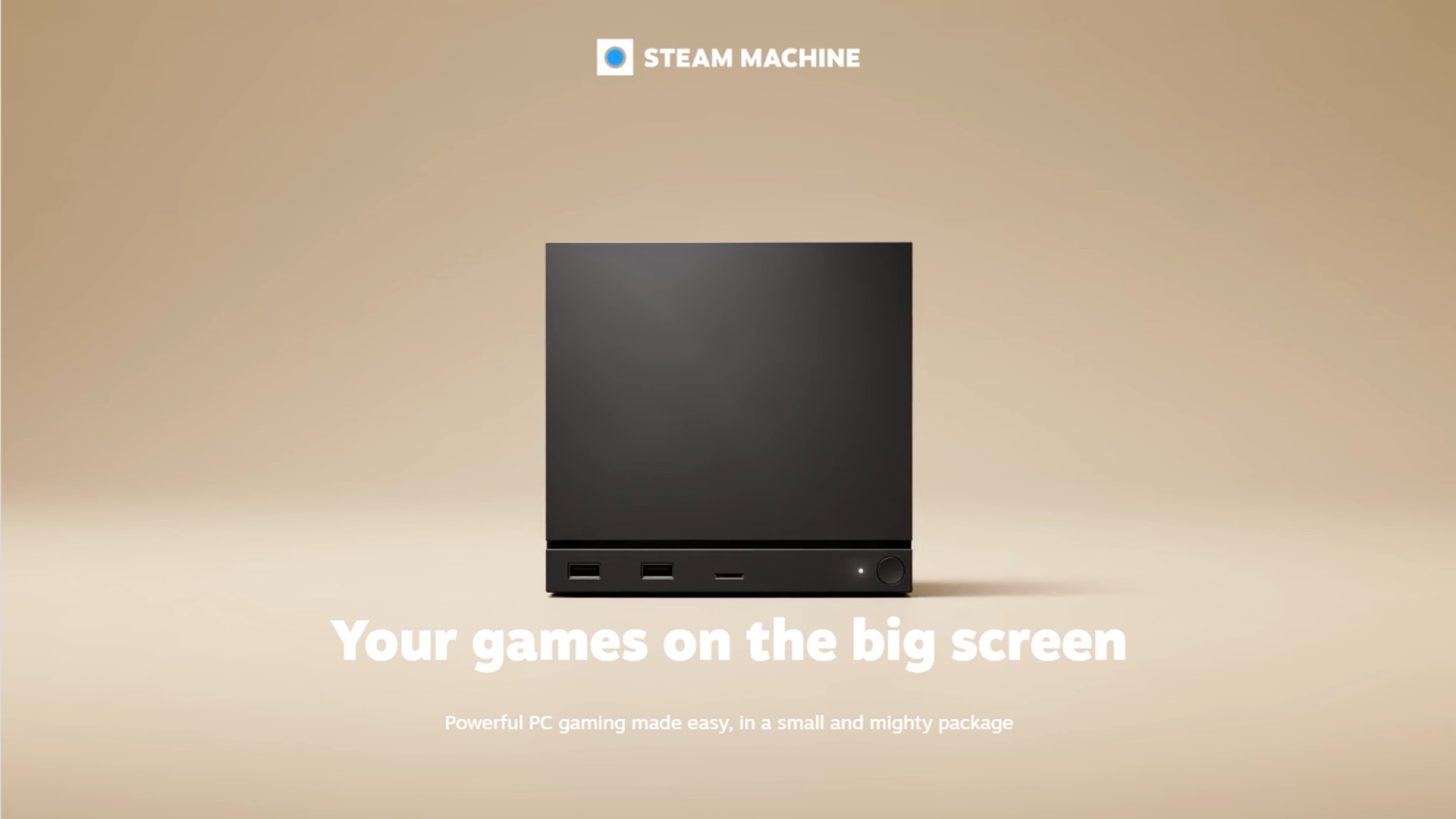Valve is betting on the new Steam Machine to succeed where earlier versions faltered. The critical difference this time? Enhanced software that enables a more extensive game library.
The Evolution of Steam Machines
Valve engineers point to the software as a key reason for the initial failure of Steam Machines. Yazan Aldehayyat highlighted how the original models suffered from a limited selection of compatible games, largely due to the reliance on SteamOS, a Linux-based system. At the time, only a few titles could run effectively using compatibility tools like Wine. Now, with Proton, a compatibility layer that allows Windows games to run on Linux, developers have more flexibility, which could prove transformative.
Pierre-Loup Griffais added that the previous iterations had the hardware potential but lacked a substantial game catalogue. The limited adoption of these systems deterred developers from creating Linux ports. However, the work done on Proton since the Steam Deck’s launch suggests a broader game library for the new Steam Machine.
Performance Potential of the New Steam Machine
Optimizations in SteamOS, particularly those inspired by the Steam Deck, are a significant part of the new Steam Machine’s promise. Valve has invested heavily in improving desktop performance and capabilities like ray tracing. While not designed as a powerhouse, with specifications sitting between the Xbox Series S and PlayStation 5, the new system aims to deliver a smooth gaming experience.
| Category | Specification |
|---|---|
| I/O | |
| Displays | DisplayPort 1.4: – Up to 4K @ 240Hz or 8K@60Hz – Supports HDR, FreeSync, daisy-chaining HDMI 2.0: – Up to 4K @ 120Hz – Supports HDR, FreeSync, CEC |
| USB | – Two USB-A 3.2 Gen 1 (front) – Two USB-A 2.0 High speed (back) – One USB-C 3.2 Gen 2 (back) |
| Networking | Gigabit ethernet |
| LED Strip | 17 individually addressable RGB LEDs for system status and customization |
| Size & Weight | |
| Size | 152 mm tall (148 mm without feet), 162.4 mm deep, 156 mm wide |
| Weight | 2.6 kg |
| Software | |
| Operating System | SteamOS 3 (Arch-based) |
| Desktop | KDE Plasma |
| General | |
| CPU | Semi-custom AMD Zen 4 6 Cores /12 Threads – Up to 4.8 GHz, 30W TDP |
| GPU | Semi-custom AMD RDNA3 28 Compute Units – 2.45GHz max sustained clock, 110W TDP |
| RAM | 16GB DDR5 + 8GB GDDR6 VRAM |
| Power | Internal power supply, AC 110-240V |
| Storage | Two models, both with a high-speed microSD slot: – 512GB NVMe SSD – 2TB NVMe SSD |
| Connectivity | |
| Wi-Fi | 2×2 Wi-Fi 6E |
| Bluetooth | Bluetooth 5.3 with a dedicated antenna |
| Steam Controller | Integrated 2.4 GHz Steam Controller wireless adapter |
Although some early tests indicate that games like Cyberpunk 2077 might struggle to achieve optimal performance at 4K@60Hz, software improvements before launch could change this. The 8GB VRAM remains a limitation, but targeted optimizations, similar to those seen in games like Baldur’s Gate 3 and Cronos: The New Dawn, may offer solutions.
Pricing Could Decide the Future
With the initial game library issues addressed, the Steam Machine’s commercial success may now hinge on its price. Valve acknowledges the importance of competitive pricing. While the exact cost remains unconfirmed, the new Steam Machine is set to debut early next year. Its competitiveness in pricing will be crucial for its market performance.
